
Compiled with the help of folks living at the sharp end of a rapidly gentrifying neighbourhood, this guide hopes to let you swiftly identify the tell-tale words, phrases and signs that indicate your area is about to move ‘upmarket’.
Before you start spluttering the froth from your stretched piccolo latte into your fashionable waxed moustache, please note that not all of the individual things listed are necessarily bad or even outright proof of impending gentrification, but collectively they are likely indicators that the neighbourhood is ‘on the move’.
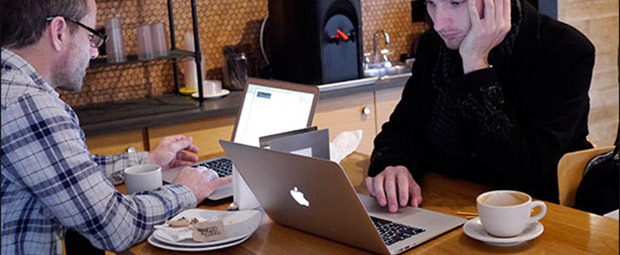
A
Adults calling their parents ‘Mummy’ and ‘Daddy’
Artists everywhere (often rich ones replacing the poor ones).
Airbnb all over your street
American millionaire DJs closing down local clubs
Artisan bread.
Artisan beer.
Artisan artisans.
Artisan fucking everything.
Artisanal.
Art events.
Antic pubs.
Actors.
Artist lofts.
“Adventurous” cuisine.
Astroturfing.
Al fresco dining.
Alcohol promotions.
Art galleries.
Apple MacBooks.
Apple stores.
Antique stores selling any old shit.
Anger from locals (growing daily).
Affordable rents that are not actually affordable.
Meaningless awards (‘Greatest Neighbourhood,’ ‘Best market’ etc).
A-Boards outside bars and restaurants with ‘amusing/ironic’ comments.
Awards for everything (‘Best Artisinal Cheesemakers With A Green Shop Door 2016’)
B
Bare light bulbs in bars, cafes, barbers etc.
Bikes (single speed/vintage).
Trendy bike stores
Barratt Homes.
Billionaire DJs buying up the area.
Brioche fucking buns.
Barbour clothes.
Bloggers.
Baristas.
Bistros.
Boutique festivals.
Boutiques.
Beards.
Branding.
Buy to Let.
Boutique hotels.
Trendy barbers.
Braying.
BBC interviewers.
BMWs.
Breakfast clubs
Buzzword spouting landgrabbers.
Black cabs.
Bow ties.
Blazers.
Bespoke cocktails.
Blackboards with ‘witty’ slogans.
Billionaire socialites DJs buying up half the town
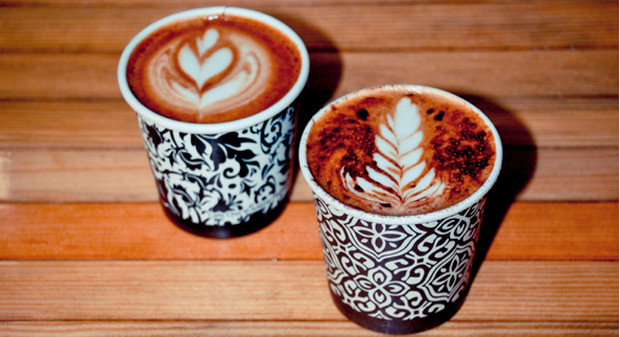
C
Craft fairs.
Craft shops.
Craft beer.
Crafted.
Coffee shops.
Collectibles.
Coffee with fancy designs on the froth.
Cocktails.
Cupcakes (“the footsoldiers of gentrification”).
‘Community’ grants for well-heeled and well-connected new arrivals.
Creatives.
Specialist cheese shops.
Chalkboards with ‘quote of the day’ or some such other bollocks
Champagne & Cheese (or ‘Champagne & Fromage‘ for the gentrifying jackpot).
Crepes.
Cocktails.
Cocktail with stupid names.
Cocktail bars.
Cocktail bars with stupid names.
Canvas shopping bags promoting local shops/blogs/ethical guff.
Costa Coffee.
Caffe Nero.
Christmas jumpers (‘sooo kooky’)
Charcuterie.
Cricket people.
Co-operatives crucified by the local council.
Celebrities.
Recently arrived ‘Community Spokespeople’.
Crowdfunding appeals.
‘Cleaner required’ notices.
Local characters and colour (as in fast disappearing).
Conspicuous wealth.
Chain stores masquerading as independents.
Council sell-offs.
Cash from chaos.
Cod Caribbean restaurants (see Turtle Bay)
Curated art shows.
Curated trainer shops (yes, really)
Chocolatiers.

D
Niche Delis
Design collectives in the pocket of corporates
DJs in shops
DJs in markets
DJs in the street
DJs every-fucking-where.
Disposable income.
Deck shoes
Development partners.
You’ve become a ‘Destination’ (as in ‘foodie,’ ‘fashion’ etc).
Tiny dogs carried by their owners.
Demographic shift (rich in -> poor out).
Designer shops.
Division.
‘Discoveries’.
Displacement.
Paid dog walkers.
Luxury developments with idiotic ‘edgy’ names (e.g. Block Porn)
E
Eateries.
Estate agents.
Estate agent cars with ‘trendy’ artwork.
Your neighbourhood described as ‘edgy.’
Ethnic cleansing.
Evictions.
Edwardian chic.
Entrepreneurs.
Evening Standard features.
Event magazines/sites.
Exodus (movement of Jah people).

F
Facilitators
Film crews.
Frozen Yoghurt.
Foodie blogs.
Food feasts. A meal is no longer enough. It has to be a ‘feast’.
Foodies.
Celebrity food journalists banging on about their latest ‘discovery.’
Foxtons.
Fucking Foxtons.
Fucking Foxtons’ wanky Minis.
Fucking Foxtons’ wanky Minis and the twats sat inside them.
Fucking Foxtons etc etc ad infinitum.
Flat whites.
Foursquare.
Flat caps.
Fixies.
Food photos.
Facebook pages.
Farmers’ markets.
Fashion shoots.
Fair trade bags.
Festivals (pop up festival/food festival etc etc)
G
‘Guerilla’ actions for corporate sponsors.
Guerilla Gardening.
Gourmet burgers.
Golf club bags being wheeled about by twats.
Golf apparel.
Arty graffiti.
Local websites moaning about gentrification.
Gated communities.
Gated Mews.
Grant-sucking entrepreneurs.
Grammar school boys.
Global food.

H
Hipsters.
‘Holistic’ things.
Hats.
Hot Dogs.
Hot dawgs.
Hyperlocal websites.
Hyperlocal newspapers.
Hyperlocal anything.
Homogenisation.
Hubs.
Heritage claimers.
Haves and Have Nots.
Hideous nicknames for your neighbourhood (e.g. Brixton becomes ‘Brikkers’).
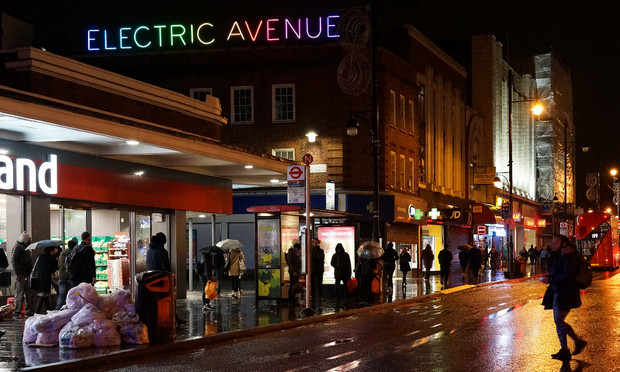
I
Iconic branding of the neighbourhood.
Industrial units converted and rebranded (‘The Old Ballbearing Factory’ etc).
Infantile descriptions like ‘yummy’ and ‘scrummy’
Influencers
Instagram photos of the iconic branding of your neighbourhood.
Instagram photos of meals
Instagram photos of chalkboard with wacky messages
iPads.
iPhones.
Irony.
‘Ironic’ sexism.
Ironic jumpers.
Businesses claiming to be ‘improving’ the area.
Inequality.
Intolerance.
Internships (unpaid).
“I Love Brixton/wherever” tote bags created by newly arrived businesses.
Impresarios.
Incubators for business.
I Saw You Coming – rubbish tat shops for well-heeled gullible types.
J
Joggers.
Jogging clubs.
Jay Rayner.
Jumpers across shoulders.
Jolly japes and whizzo wheezes.
Jamjar drinks.
Juice bars.
K
Kids’ discos
Kids’ raves
Kids’ fashion events
Knitting.
Kickstarter ventures.
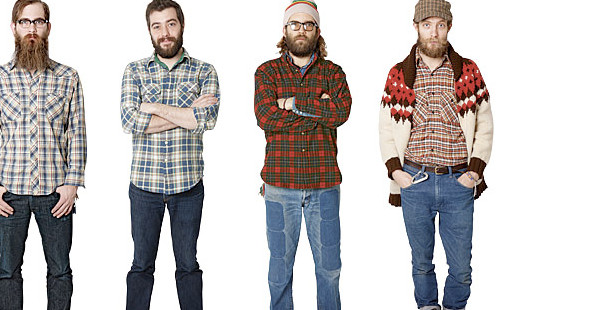
L
Lattes.
Lifestyle living.
Loft apartments.
Luxury flats.
Local businesses priced out.
Lifecoaches.
Locals (as in fast disappearing).
Leica cameras.
Lumberjack chic.
Ludicrous little lapdogs.
Ludicrous little lapdogs in handbags.
Lexadon property developers.
M
MacBooks
Moustaches.
Mochaccinos.
Mixologists.
Mankles.
Media people.
Micro breweries.
Money supplying parents.
Man bags.
Multisports clubs.
Mummies. Yummy mummies. Posh mummies. Mummies referring to themselves as mummies.
‘Iconic’ murals everywhere
N
Neighbourhood described as once ‘notorious’.
Networks.
Novelty nick nack stores.
Ninja knitting.
Endless noise complaints from people moving into a ‘vibrant’ area.
Neighbourhood newspapers.
1970/1980s/1990s retro fashions.
Nathan Barley.
Nu-folkies.
Nibbles.
Night markets.
Novelty cocktails.
O
Organic everything.
New arrivals outraged at non complimentary reviews for their favourite nu-hoitie-toitie fooderie.
Old shop signage kept above a trendy new and unrelated store.
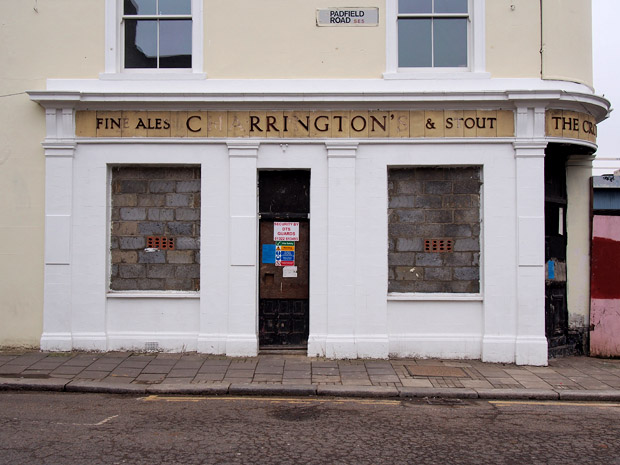
P
Pop up shops.
Pop up bars.
Pop up restaurants.
Pop up boutiques.
Pop up fucking pop ups.
Pop Brixton.
Posh artisan sausages.
Photo features.
Padded jackets.
Posh people.
Pampered pets.
Pampered pet stores.
Pubs closing down to make way for upmarket housing and supermarkets
Planning permission (lack of).
Placemakers.
Photographers everywhere.
Massive 4×4 prams.
Personal trainers.
People photographing their fucking food.
Privilege.
People bragging about property deals.
Political apathy.
Pulp’s ‘Common People’ never sounded so relevant.
Pre-loved (i.e. second hand crap).
Pulled pork.
Q
Quirky.
Quilted jackets.
Queues.
Shopping ‘Quarters’.
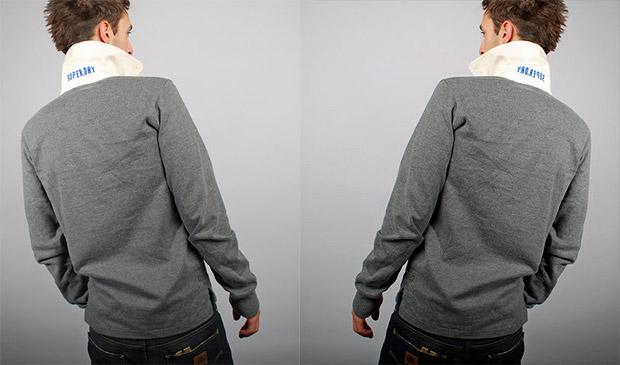
R
Rejuvenation.
Regeneration.
Re-imagining.
Renaming.
Rebooting.
Reprogramming.
Reinventing.
Rent rises.
Rugby shirts.
Rugby shirts with collars up.
Red trousers.
Ridiculous job titles.
Rugger chaps
Running clubs.
Recently arrived complaining about the even more recently arrived.
Resentment.
Rude customers.
Retro markets.
Ray Bans.
Riding boots.
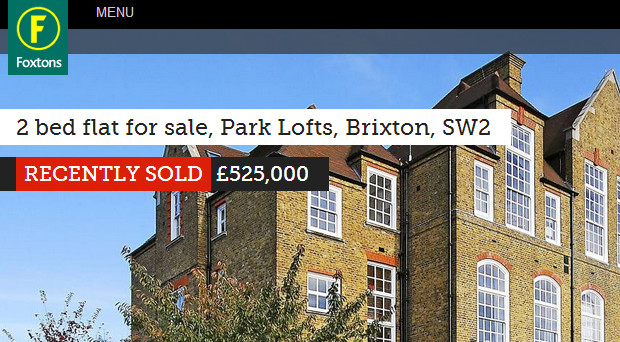
S
SLR film cameras.
Studios.
Self interest.
Squats (lack of).
Social cleansing.
Social housing (lack of).
Social media influencers.
Skinny jeans.
Spacemakers.
Sourdough.
Shipping containers re-purposed into vibrant commercial hubs.
Supper clubs.
Sushi.
Sainsburys.
Scoping.
Starbucks.
Skis.
Suits.
Sushi.
Spectacles (huge).
Sunglasses (huge)
Shoreditch-style restaurants.
Security guards.
Traditional Street Markets (disappearing).
Snobs.
Secret foodie extravaganzas.
Speakeasies.
Shabby chic.
Small plates
Sharing plates
Stupid shaped plates
Sausage dog cafes.
Sky high prices.
‘Street food’.
Stupid bar/restaurant names
Shop signage that looks like it was painted by a 5 year old.
Shop shutters painted by trendy artists .
Schools sold off for yuppie flats.
Shameless self-promotion.
Sweet shops.
Stupid bar names.
Supper clubs.
Secret Gardens in pubs.
Street art sponsored by brands
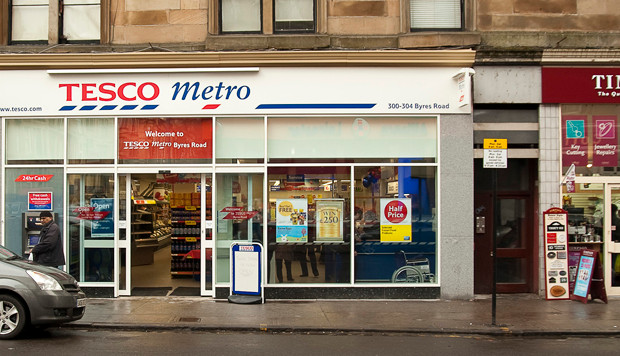
T
Talks about gentrification.
Time Out features.
Trendy tattoo studios.
Twats everywhere.
Tweed (ironic).
Tourists.
Tossers.
Tennis.
Tour guides.
Tote bags (promoting some local hipster shop/blog)
Tapas.
Tesco Metro.
TV crews.
Tories slithering in.
Tory attitudes.
Twitter hashtags.
T shirts of underground bands never seen – or even listened to – by their wearers.
Twee shit.
U
Uniform (skinny jeans, ironic glasses etc., copied directly from Brooklyn circa 2005).
Ultimate frisbee team.
The upwardly mobile.
Unaffordable rents.
Ukuleles.
Upcycling.
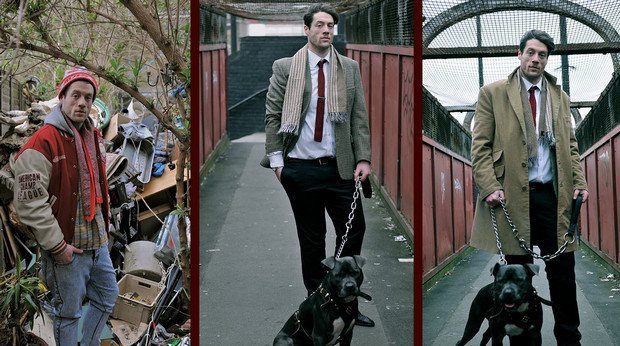
V
Vibrant.
Vibrancy.
Vibrant Hubs.
Vibrant bars.
Vibrant clubs.
Vibrant fucking everything.
Vintage shops.
Varsity jackets.
‘Villages.’
Vice Magazine.
W
Walking tours.
Workshops.
Working class’ apparel.
Exclusive wine shops.
Wine Parlours.
Wellington boots.
Arriviste writers reviewing everything.
Organised walks.
Waxed moustaches.
Wealth gap.
Web designers.
X
eXtortionate prices.
Y
Yoga.
Hot Yoga.
Yoga chains.
Braying yuppies.
Yuppies out!
Yummy mummys.
Young professionals.
Yarn Bombing.
Yummy things.
Z
The place turns into a fucking zoo.
Have we missed anything?
Please add your own suggestions below and we’ll add the good ones!


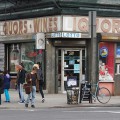


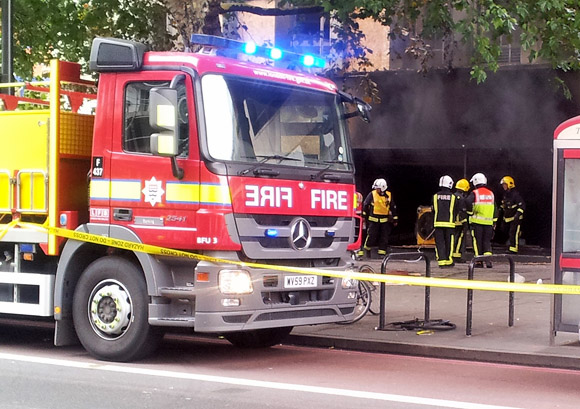
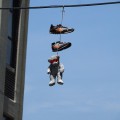
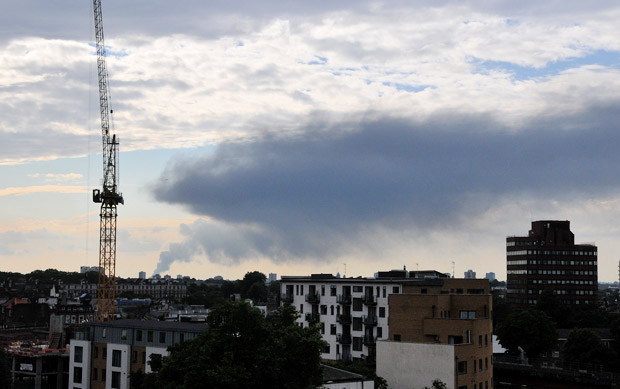

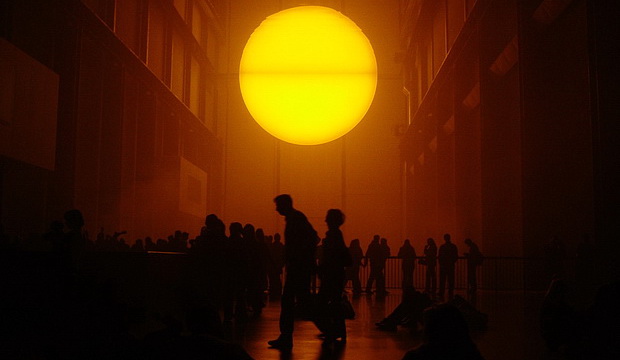
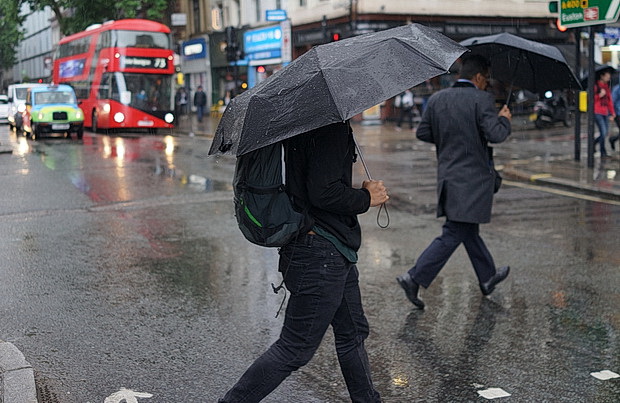
An interesting article from Die Zeit by Tanja Dückers, which seems appropriate to post here:
http://www.presseurop.eu/en/content/article/295651-artists-vanguard-gentrification
—
For decades now, the subculture has been moving into unsightly, dilapidated sections of many big cities, breathing new life into neighbourhoods. Artists and other creative professionals often form the vanguard of urban renewal. Ever on the lookout for cheap housing, studios and offices, they seize on rentals in areas that others are eager to flee as soon as they can.
For a long time it looked as though a close nexus had been forged between the sociocritical left-wing zeitgeist and the flowering of contemporary art. In cities like Frankfurt, Hamburg or Berlin, artists and otherwise creatively-involved occupants would defend their turf – often with plenty of wit and conviction – against frustrated town planners and unscrupulous developers. Many a neighbourhood in those cities has now become quite livable – thanks mostly to them. Since German reunification, however, the traditional politico-ideologically motivated squatter has, in many cases, been supplanted by artists and creative professionals of a personally ambitious caste.
Then the same metamorphosis almost invariably ensues – in Berlin, Hamburg or Cologne as in Amsterdam, Copenhagen, Barcelona, London, Warsaw or Prague: once artists and creators rent digs in a given neighbourhood, trendy cafés and restaurants follow in their wake. Before you know it, young men with five-day beards and young post-neo-something-or-other girlies in cool second-hand vintage clothes fiddle about on their laptops, planning new “projects”. The neighbourhood they have occupied is suddenly deemed “interesting”, small unconventional shops sprout up, then galleries and architects’ offices bring up the rear. Presently, the rents start rising.
The fact that a group of radical left-wing autonomists recently savaged an art gallery in Berlin goes to show how far the battle lines have shifted in the meantime. Nowadays many artists and creative folks are no longer deemed avant-garde rebels, but harbingers of gentrification and representatives of a new property-owning bourgeoisie. The conflict points up not only the vision of art espoused by the vandals, who apparently can only stand artists when they serve their ideological purposes; it also shows how much the relationship between art and political orientation has changed. The cool artists with designer glasses and hip outfits have long since forsaken their bourgeois-bashing stance and now seek to join the establishment. They were brought up in an age in which creative enterprise morphed into one of the fastest-growing industries around and art into a service industry for upscale investment.
Nowhere is the fusion of creative impetus and big business more conspicuous than here. The image of the artist as an unsociable misfit, a recluse on the fringes of society, is long since outmoded: successful artists are often as not the life of the party, smack in the middle of the action; like entrepreneurs, they engage in calculated networking, romp through art fairs the world over and fly as frequently as others take the bus.
In this metier, as in any other, only the usual happy few make it big. But their careers serve as a role model for a whole generation of epigones, who no longer conceive of art as the special case of a precarious professional trajectory, but as the fast lane to get way out in front of the pack.
So it is fitting that artists and creators should now be solicited by urban planners and investors. And that bears out US sociologist Richard Florida’s famous theory about the close connection between culture and economic growth, in which the cultural environment is the most decisive locational factor.
Such a monolithic image of the artist-enterpreneur is actually a cliché, however, that has little to do with the reality of most creative professionals. In cities like Hamburg, Cologne or Berlin, for instance, which take particular pride in their creative sector, most of the artists rank with the lower class in terms of average annual income. Often as not, they are among the first to find themselves unable to afford the rent hikes in what have become “in” neighbourhoods – even if they themselves helped trigger that development.
And so it is that, as harbingers of gentrification, artists and creators are among the losers of this rapid transformation, despite the widespread public perception of them as winners. This warped perception shows above all how the liberal Zeitgeist has succeeded in generating a hype that even radical autonomists are now prepared to buy.
your councillors claiming they want the area to become a ‘placeyplace’ (cf elephant & castle, 2013!); london farmers’ markets with chi-chi ‘local’ food from sussex which only the ‘right kind of local residents’ can afford to buy…
‘L’… Less Crime
Interesting that you wrote ‘Shoreditch style restauraunts.’ If someone tells you they live in Shoreditch, you never assume they have been there for a decade or more.
When you tell people you are from Brixton, do you qualify that with how long you have been there? If anything, I see Brixton becoming more like Balham than Shoreditch.
A – the constant use of the word “awesome”. These big framed glasses are awesome. these cup cakes are awesome.
F – fear of local state schools. for all the rich property owners in brixton, you won’t see many of their kids going to the local schools. “i’ll live in the same street as you, and it’ll make me feel all edgy and hip, but i don’t want my kids mixing with your kids”…you catch my drift…
Agree with quite a bit of this but surely the problem is high rents and high house prices, not ‘gentrification’ per se. I don’t neccesarily think it is a bad thing that city living is becoming more desirable to a wider mix of people.
I also don’t see the problem with farmers markets?
One I noticed yesterday: Father clutching estate agent literature walking down Lambert Road with sheepish-looking son in tow, experiencing apparent difficulty locating an address. “What colour is the door?” pater enquired of junior.
@Oswaldtwistle: gentrification doesn’t create “a wider mix of people”, bu the exact opposite. 🙁
King’s Cross. Everything but the Sainsburys. But it’s gonna get a Waitrose soon so that trumps it…
Waitrose obsessives.
Wanky identikit ‘gastro’pubs with menus on clipboards where every item contains balsamic vinegar, sea salt or caramelised red onions from Provence selling organic burgers on chopping boards and 3 chunky chips in a small silver bucket for 12 bloody quid a pop.
Bugaboos.
Pubs turning ‘shabby chic’, ie., pilfering their furniture from a skip.
Pubs holding ‘still life’ drawing classes.
Pubs putting on Shakespeare plays.
Contributors to local forums obsessing over ‘young professionals’ and ‘demographics’.
Upward pricing competition, ie., pub or restaurant will suddenly hike their prices by 20% to see if they can get away with it – if they can, all others follow.
‘Locally sourced’.
‘Organic’.
Specialist shops that couldn’t survive in the real world.
Harry Enfield style ‘I saw you coming’ shops selling ludicrously expensive crap becoming a reality.
Newcomers with no concept of ‘recession’.
‘Reserved’ signs on pub tables.
@isvicthere? I’m certainly not saying urban re-vitalisation is a perfect solution. But the ‘old’ model of the 70s and 80s where the inner city was a place for the poor people, a ghetto where those who could left at sundown to your bolt-hole in suburbia or the countryside, that wasn’t exactly a sustainable model either.
Also interesting to note the original list bemoans ‘traditional street markets disappearing’ whilst also slagging off farmers markets as a sign of gentrification! Surely the traditional street markets *were* farmers markets, certainly up until WWII.
‘Street food’, another sign of toff incursions…
Including that Guyana Roti van right (if it’s sill there)? Guyanese toffs raising rents with their parathas…
The Roti van was swept away off the street by clipboard-wielding officials, but happily lives on in the thoroughfare underneath Brixton rail station.
http://www.urban75.net/forums/threads/roti-van-on-brixton-station-road-given-21-days-to-go-petition-started.302884/
“Co-operatives crucified by the local council” isn’t recent, been going on for decades!
Bloody, hell, majority sound like a right old bunch of grumpy old men and women. Bitterness isn’t becoming 🙂 Easy to whine and point out faults – a helluva lot harder to do something positive.
“please note that not all of the individual things listed are necessarily bad” yeah right, of course that is not what you intended …
But Mike, you blog, you DJ, you have a Facebook page, you are a web designer and you appreciate irony: “Local websites moaning about gentrification.”…x
All spot on, apart from ‘ethnic cleansing’. Only someone with no idea what ethnic cleansing actually is would put it on this list.
Toddler ‘sessions’ (with music, with classical music, with art, with art galleries runnint them, with gym equipement, with baby-sign language, with organic snacks only….)
C – Children in the Elm Park Tavern (a fucking disaster, 2 in 1 week after YEARS of none)
D – Dreadlocked white media-types
E – Effra Social middle-class refit
E – Effra Tavern – now a no-go pub at the weekend (unless you’re a twentysomething invader)
L – Lawyers moving into my street
M – Mumsnet mums moving into my street
R – Raves for children (yes, you Big Fish Little Fish)
T – Trinity Arms, another ‘ruined by Rory’ pub (special shout out to the wanker who does the quiz night – wearing a headmic)
You mentioned DJs, and then include a picture of David Guetta – make your mind up, it’s one or the other.
Grand Designs making an episode.
Grey front doors.
Style-statement wind turbines that never turn.
Upcycling
A really good sign of gentrification is infiltration of shallow professional, alcoholic, coked-up twats, who replace the unfriendly pre-gentrification twats who think they owned the area, and everyone else should stay out. London is becoming very very whiny. And hates children. Why? Because it’s already full of moronic adult children.
I always thought vibrancy was, in one commentator’s words, estate agent/journalist code for noisy and thievy?
Roof bars
Give me Obnoxious fixies bike riders over entitled tractor drivers every day of the week. If anything Brixton needs more bikes.
Baby Sign classes (a particular bugbear of mine when parents of actual deaf kids can’t afford sign language classes). Pilates studios. Hotel Chocolat.
Vegetarian or Vegan 🌱